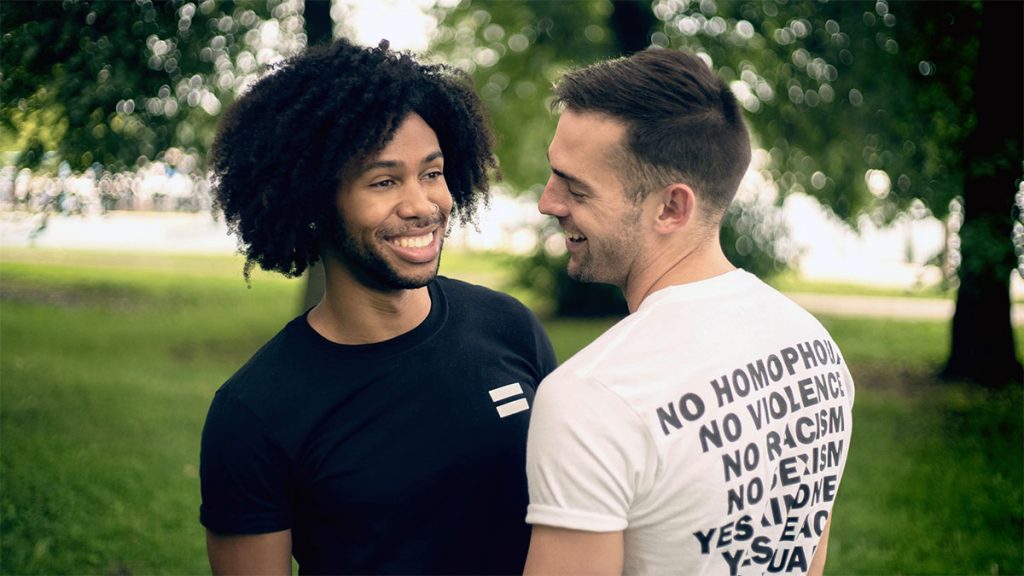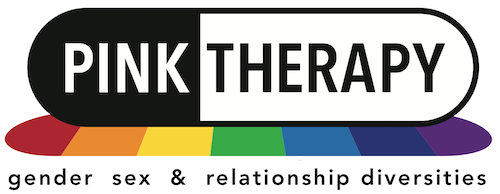
When we talk about couples’ wellness, most conversations quickly move toward conflict management, communication skills, or “date night ideas.” What often gets left out, especially for queer folks, is intimacy itself. Not the kind that lives in stereotypes or porn tropes, but the tender, slow, deeply connective intimacy that builds emotional resilience and a lasting bond.
For gay men in particular, mainstream culture has long pushed erotic stereotypes: passion that is fast, sticky, wild, and fleeting. That’s important too! But what rarely gets celebrated is queer joy expressed through soft touch, lingering sex, or the everyday rituals of closeness. And yet, it is often these subtle, slow moments of intimacy that strengthen our sense of belonging with one another.
Why Intimacy Is Still a Taboo
Even within queer communities, slow sex and intimacy can be harder to talk about than explicit eroticism. Conversations about mental health, communication, or monogamy/non-monogamy appear more frequently in articles, workshops, and Instagram posts than conversations about holding hands in bed, breathing together after sex, or saying “no” with kindness.
This silence reinforces the idea that sex is only “real” when it’s performative, wild, or extreme. But emotional wellness thrives in spaces where couples can also explore gentleness, mutual care, and erotic connection that doesn’t need to be performative.
The Pink Therapy Approach
Organisations like Pink Therapy have been pioneering work in this area. Pink Therapy focuses on affirmative, LGBTQIA+ or even beyond that, GSRD (gender, sex and relationship diverse), inclusive approaches to mental health and psychosexual therapy. Their ethos highlights that healing and growth for queer couples/constellations isn’t just about reducing conflict; it’s about nurturing joy, building resilience, and reclaiming sexuality from shame, minority stress, and, quite often, trauma.
And yet, there’s still very little publicly available literature on queer sexology. Most relationship advice is written with straight couples in mind. Queer sex and intimacy deserve more attention, not less, because the nuances of identity, cultural taboos, and community resilience bring unique layers of meaning to emotional wellness for GSRD/LGBTQIA+ couples/constellations.
Sex-Positive Practices for Couples
A sex-positive approach doesn’t mean “more sex” or “wilder sex.” It means cultivating curiosity, honesty, and compassion in the erotic space you share. Here are some practices that can strengthen your bond:
- Create “Slow Intimacy Rituals”: Take turns giving each other touch without expectation of orgasm: back rubs, foot massages, simply lying together and breathing in sync. These practices train the nervous system to feel safe and connected.
- Talk About Sex Beyond Function: Instead of focusing only on “what works,” try sharing what feels affirming, grounding, or joyful. Ask: When do you feel closest to me? or, What makes you feel desired?
- Experiment With Playful Tools: Sometimes introducing new erotic tools can bring laughter, discovery, and fresh connection. For example, a rechargeable cock ring from LELO isn’t just about performance; it can be used to slow down, amplify sensation, and create a playful, shared erotic experience. Playful exploration doesn’t have to involve toys only: showering together can become a sensual ritual in itself, especially when combined with body butters, oils, or scented shower gels that invite slow, attentive touch. Massage oils and nourishing body butters can extend intimacy beyond the bed, turning touch into an act of care and discovery, allowing couples to enjoy the sensuality of skin, texture, and warmth without rushing toward orgasm.
- Practise Active Aftercare: After intimacy, check in emotionally as well as physically. Offer water, share affirmations, or simply cuddle without distractions.
The Bigger Picture of Queer Joy
Queer joy is radical because it disrupts centuries of shame and silence. Choosing to cultivate tenderness in your relationship, whether that’s through sex, communication, or quiet moments of holding each other, is part of emotional wellness. For couples (and various intimate constellations), it’s about moving beyond survival and toward thriving together.
When people in queer relationships centre their emotional wellness, they are also challenging cultural narratives that reduce their love stories to clichés. They are saying: We are worthy of love that is deep, slow, and joyful. We are worthy of being seen in our full humanity.
Whether you are just beginning your journey as a couple, throuple and more, or decades into a relationship, remember: emotional wellness is not only about solving problems, it’s also about cultivating joy. And sometimes, that joy is found in the simplest, slowest moments you share together.
Author: Agata Loewe-Kurilla is a clinical cross-cultural psychologist, systemic family psychotherapist, sex coach, CICS certified supervisor and PhD in Human Sexuality. Founder of the Sex Positive Institute, she’s a GSRD-affirmative therapist, educator, and activist. She trains professionals in sexology and advocates for sexual justice in the World Association of Sexual Health.

